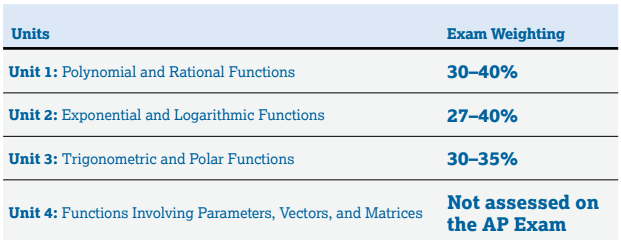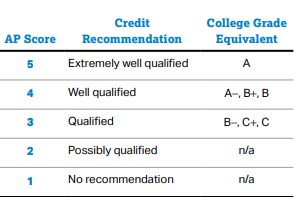Last Updated on April 21, 2025
FREE AP Precalculus Practice Test 2025 Official Study Guide [PDF]. Try our free chapter or unit-wise multiple-choice and free-response questions online. These resources will help you prepare for your Advanced Placement (AP) Precalculus test. You can also download official, printable practice tests and study guides in PDF format.
AP Precalculus is a full-year course designed to prepare students for the math they will encounter at the college level. This course should be taken after a student has completed Geometry and Algebra II, or for students who have completed Integrated Math 3.
AP Precalculus contains content already present in standard high school precalculus courses. This course will develop the student’s ability to express functions, concepts, problems, and conclusions analytically, graphically, numerically, and verbally, and to understand how these forms of expression are related. Students will also learn how to use a graphing calculator as a tool for mathematical investigations and problem-solving.
AP Precalculus Practice Test 2025
- Unit 1 AP Precalculus Practice Test
- Unit 2 AP Precalculus Practice Test
- Unit 3 AP Precalculus Practice Test
- Unit 4 AP Precalculus Practice Test
Course Outline
The course is divided into four units. The first three units are assessed on the AP Precalculus Exam taken in May. The fourth unit includes additional topics available to schools but that are not included on the AP Precalculus exam.
Unit 1: Polynomial and Rational Functions (30%–40%)
Unit 1 covers the following topics:
■ Rates of change
■ Linear functions
■ Quadratic functions
■ Complex zeros of polynomial functions
■ End behavior of polynomial functions
■ Zeros of rational functions
■ Vertical asymptotes of rational functions
■ Holes of rational functions, long division
■ Transformations of functions, modeling
Unit 2: Exponential and Logarithmic Functions (27%–40%)
Unit 2 covers the following topics:
■ Arithmetic and geometric sequences
■ Exponential functions
■ Exponential function manipulation
■ Data modeling
■ Composition of functions
■ Inverse functions
■ Logarithmic expressions
■ Inverses of exponential functions
■ Logarithmic functions
■ Logarithmic function manipulation
■ Exponential and logarithmic equations
■ Exponential and logarithmic inequalities, semilog plots
Unit 3: Trigonometric and Polar Functions (30%–35%)
Unit 3 covers the following topics:
■ Periodic phenomena
■ Sine function
■ Cosine function
■ Tangent function
■ Graphs of trigonometric functions
■ Transformations of sinusoidal functions
■ Reciprocal trigonometric functions
■ Solving trigonometric equations
■ Trigonometric identity proofs
■ Trigonometry and polar coordinates
■ Polar function graphs
Unit 4: Functions Involving Parameters, Vectors, and Matrices (Not Assessed on the AP Exam)
Unit 4 covers the following topics:
■ Parametric functions
■ Rectilinear motion
■ Implicit functions
■ Conic sections, vectors
■ Vector operations
■ Vector-valued functions
■ Matrices, matrix operations
■ Linear transformations and matrices
■ Matrices as functions
■ Markov chains
Written Test Outline
The AP Precalculus exam and the course descriptions are prepared by committees of teachers from colleges or universities and from secondary schools. The exam is intended to determine the extent to which a student has mastered the course’s subject matter. The exam is 3 hours long and is comprised of the following sections.
Section I: Multiple-Choice Questions
■ Part A has 36 multiple-choice questions for which 80 minutes are allowed. Calculator use is not permitted in Part A.
■ Part B has 12 multiple-choice questions for which 40 minutes are allowed. Some of the questions in Part B require a graphing calculator.
Section II: Free-Response Questions
■ Part A requires a graphing calculator to answer some questions or parts of questions. After 30 minutes, however, you will no longer be permitted to use a calculator.
■ Part B also is allotted 30 minutes, but you are not allowed to use a calculator.
Test Score
Each completed AP exam paper receives a grade according to the following five-point scale:


